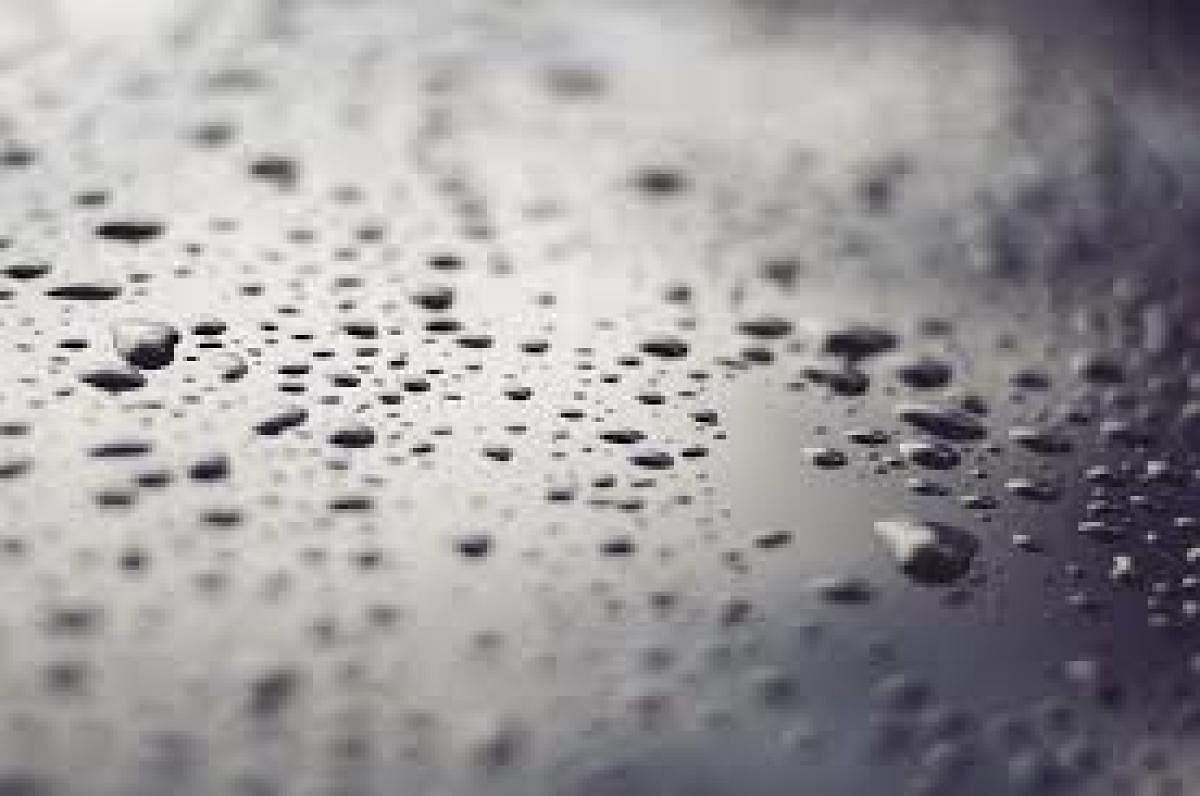
MIT scientists have developed a novel coating that can make natural fabrics such as cotton and silk water repellant.
Fabrics that resist water are essential for everything from rainwear to military tents, but conventional water-repellent coatings have been shown to persist in the environment and accumulate in our bodies, and so are likely to be phased out for safety reasons.
"The challenge has been driven by the environmental regulators" because of the phaseout of the existing waterproofing chemicals, said Kripa Varanasi, an associate professor at Massachusetts Institute of Technology (MIT) in the US.
However, it turns out his team's alternative actually outperforms the conventional materials.
"Most fabrics that say 'water-repellent' are actually water-resistant. If you're standing out in the rain, eventually water will get through," said Varanasi.
Ultimately, the goal is to be repellent - to have the drops just bounce back. The new coating comes closer to that goal, he said.
The coatings currently used to make fabrics water repellent generally consist of long polymers with perfluorinated side-chains.
The trouble is, shorter-chain polymers that have been studied do not have as much of a water-repelling (or hydrophobic) effect as the longer-chain versions.
Another problem with existing coatings is that they are liquid-based, so the fabric has to be immersed in the liquid and then dried out. This tends to clog all the pores in the fabric, Varanasi said, so the fabrics no longer can breathe as they otherwise would.
That requires a second manufacturing step in which air is blown through the fabric to reopen those pores, adding to the manufacturing cost and undoing some of the water protection.
Research has shown that polymers with fewer than eight perfluorinated carbon groups do not persist and bioaccumulate nearly as much as those with eight or more - the ones most in use.
The MIT researchers combined two things: a shorter-chain polymer that, by itself, confers some hydrophobic properties and has been enhanced with some extra chemical processing; and a different coating process, called initiated chemical vapour deposition (iCVD).
Using the iCVD coating process, which does not involve any liquids and can be done at low temperature, produces a very thin, uniform coating that follows the contours of the fibres and does not lead to any clogging of the pores, thus eliminating the need for the second processing stage to reopen the pores.
Then, an additional step, a kind of sandblasting of the surface, can be added as an optional process to increase the water repellency even more.
The process works on many different kinds of fabrics, Varanasi said, including cotton, nylon, and linen, and even on non-fabric materials such as paper, opening up a variety of potential applications.
The system has been tested on different types of fabric, as well as on different weave patterns of those fabrics.
The coated fabrics have been subjected to a barrage of tests in the lab, including a standard rain test used by industry. The materials have been bombarded not only with water but with various other liquids including coffee, ketchup, sodium hydroxide, and various acids and bases - and have repelled all of them well.